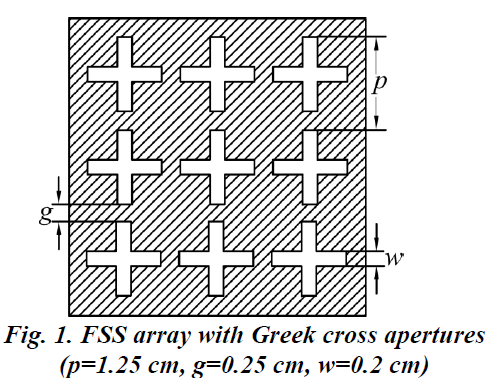trstlm
Member level 2
For a given dimension of element (patch or aperture type) in Frequency of Frequency Selective (FSS), the resonance frequency (Fr) change with Incidence Angle and polarization.
(Example: Let us take a dipole cross type aperture array. The length of dipole is 1 centimeter. Fr is 15 GHz for incidence angle 0 Degree. But it shifts down to 13 GHz when the incidence angle increase to 80 Degree).
Please help me to know the reason.
(Example: Let us take a dipole cross type aperture array. The length of dipole is 1 centimeter. Fr is 15 GHz for incidence angle 0 Degree. But it shifts down to 13 GHz when the incidence angle increase to 80 Degree).
Please help me to know the reason.

